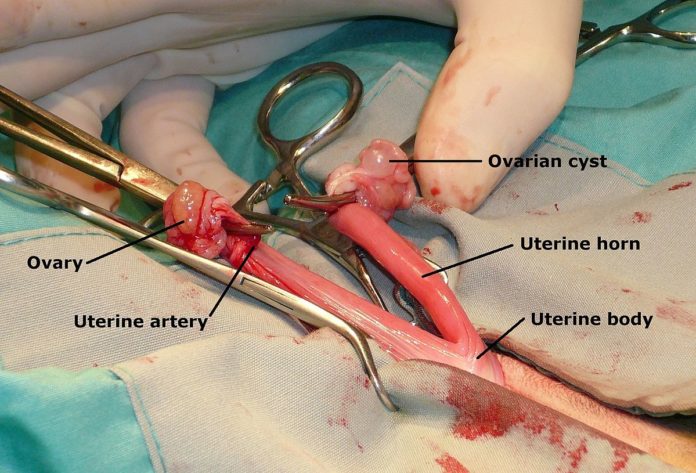
Any time your pet requires surgery it can be quite scary for both you and your pet. Emergency surgery to help save your pet’s life can be even more frightening, especially if you are unsure of what is going on. The truth is that there are several types of emergency surgery, all of which have been regularly performed with overwhelming success. Understanding what is happening before, during, and after the surgery can help ease your mind through the procedure. We believe that the more knowledge you have the better, so we are here to help explain the ins and outs of emergency veterinary surgery.
What Is Emergency Surgery?
Technically speaking, an emergency surgery is performed on your pet in order to help stabilize, or cure, a life-threatening condition. This can be performed to help treat an injury or disease. Emergency surgery is typically unplanned and can help to save your pet’s life. While scary in its own right, emergency surgery can be extremely successful, with many pets making a full recovery.
What Are Common Surgeries?
One of the most common emergency veterinary surgeries is to help treat your pet for a trauma he or she may have sustained. This can be from an attack, a fall, or an automobile accident. Emergency surgeries can help treat internal bleeding or damage caused to the internal organs. Or, emergency surgery may be recommended to help treat broken bones or torn soft tissues, such as the tendons, muscles, or ligaments. Traumas come in many shapes and forms, and every trauma may be different.
Alternatively, emergency surgery may also be used to help treat a problem occurring within the internal organs. A very common surgery is to help remove an ingested foreign body. This can be the case if your pet chews and swallows a toy, sock, or piece of string. If left in the body this can create a dangerous blockage which can lead to infection, and even become fatal. Emergency surgery might also be used to help relieve pets of painful complications associated with urinary tract infections. Crystallized urine can create a blockage in the body which can quickly become dangerous if not treated.
What Should I Expect?
Prior to your pet’s surgery expect your veterinarian to take a range of diagnostic tests to get a baseline for your pet’s vital signs. This commonly includes a blood test to examine overall health and organ function. Your veterinarian may also listen to your pet’s heart and lungs and take your pet’s temperature. Further, depending on the condition or the injury, your veterinarian may take several diagnostic images to pinpoint a bone break or a blockage. A veterinarian may use an X-Ray, MRI, or even an ultrasound to get an inside peak at your pet’s injuries. This allows the veterinarian to better prepare for your pet’s surgery.
Following a successful surgery, expect your veterinarian to go over specific after care instructions. Your pet may have prescription medication to help manage pain and to fight off possible infection. Depending on the type of surgery, your veterinarian may want to see your pet again for a follow up visit to monitor progress and healing. If your pet has sustained an injury to a limb, your vet may suggest a series of ongoing physical therapy treatments. Physical therapy is a great way to help restore mobility, keeping the soft tissues and muscles strong and flexible. Following after care instructions are important in order to allow your pet to make a full recovery following emergency veterinary surgery.





